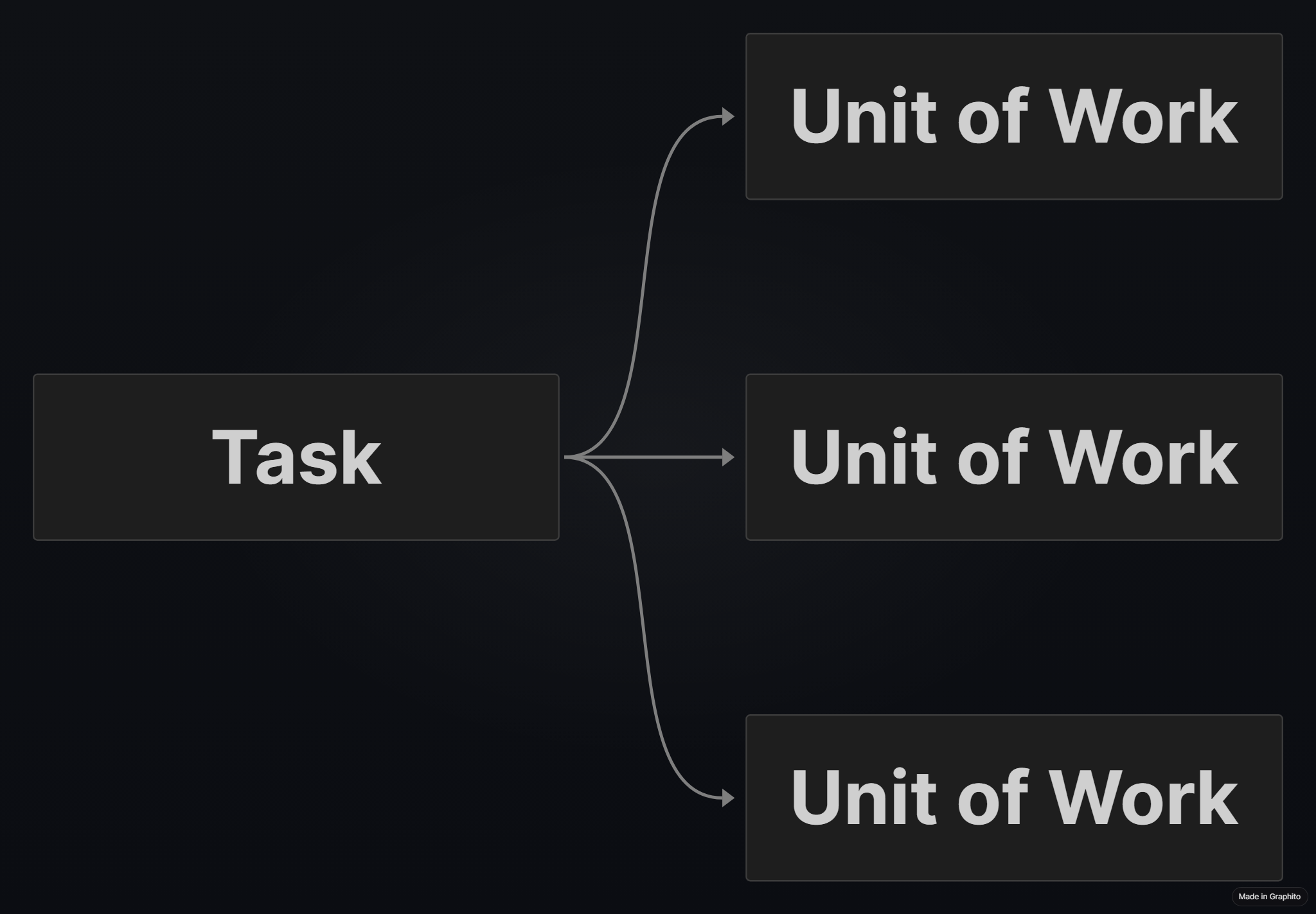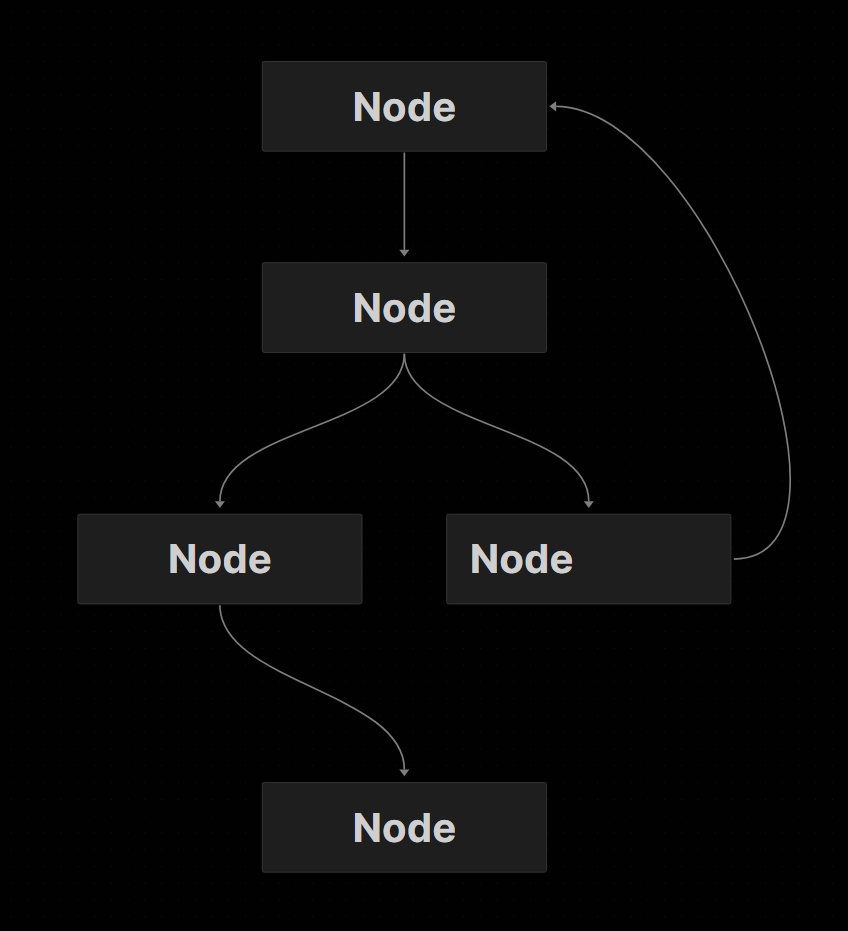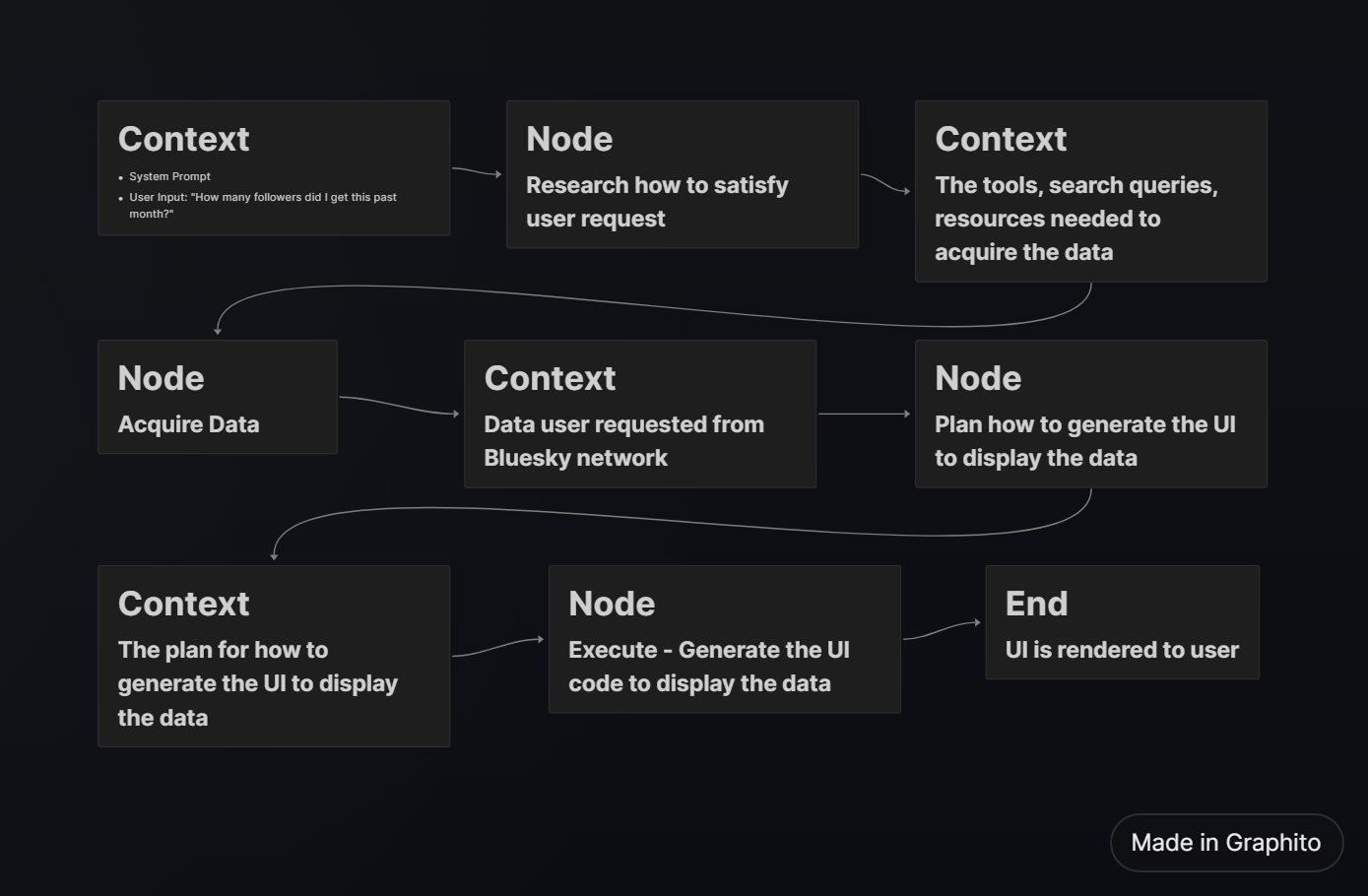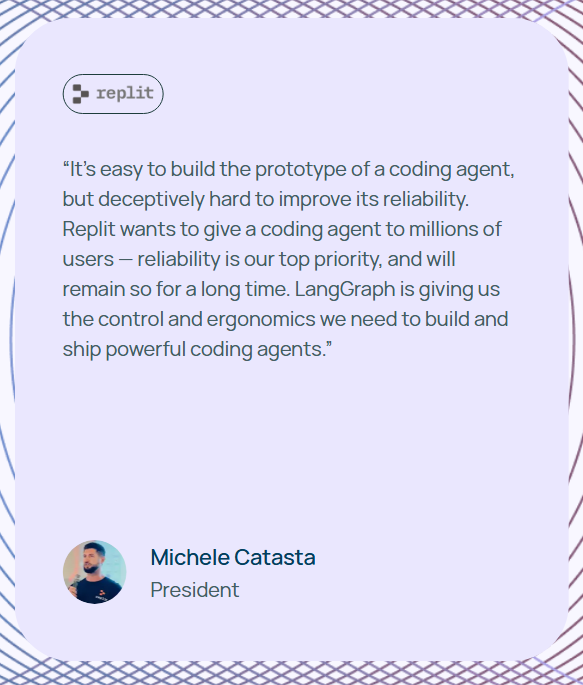Core Concepts of LangGraph and Why Agent Design is Hard to Master

Introduction to Agent Technology
Replit released Agent 3 this past week and made headlines with claims the agent can tackle tasks that run for a long time, an hour plus. The promise of agents automating difficult, time consuming work is in demand from everyday people to CEOs running large enterprises.
Last week I decided to learn more about how to build agentic applications and wanted to share my early thoughts and what I've learned.
Breaking Down Complex Tasks
In order to build applications that solve complex work, you need to break down the task into smaller chunks of work and choose LLMs that can accomplish that unit of work.

Core Concepts of LangGraph Architecture
I'm using LangGraph which makes it easier to choose whichever LLMs you need for the job without having to rewrite a large portion of your code.
LangGraph has the concept of nodes and edges. Nodes are a unit of work to be completed by an LLM while edges are the connections that flow from one unit of work to another.

Building a Real-World Agent Application
For the complex task, the idea is to take the output of one LLM's unit of work and feed that into the context of another LLM completing a different unit of work.
For example, I'm building an app where AI Agents will retrieve data from the Bluesky network and display that data on a canvas view by generating in real-time a new GenUI component. In this video I demonstrate how it works.
I break up that complex task into sub units of work:
- Understand User Data Requirements (user input): User requests to see specific data from the Bluesky Social network
- Research (LLM work): The LLM will use tools to research how to acquire the data.
- Acquire Data (LLM work): The LLM will acquire the data the user requested.
- Plan (LLM work): The LLM will form a plan for how to generate the UI to display the acquired data.
- Execute (LLM work): The LLM will then execute on the plan, writing the frontend code necessary to display the acquired data for the user.

The Deceptive Complexity of Agent Design
Breaking up complex workflows like that in LangGraph makes building the architecture of the agentic system much easier.
But it's deceptively easy. That is to say, it's not easy at all.
Industry Perspectives on LangGraph
Here's what Replit's President Michele Catasta had to say in a testimonial on LangGraph's site.

Challenges in Creating Effective Agents
Even with a system like LangGraph, it's still quite challenging to master the architecture of an agentic system. Here's why:
- For each node you create to handle the unit of work to be done, it's a mini AI-powered application in itself. Each node requires its own system prompt engineering, context engineering, LLM output evals, and UX testing.
- Then multiply that complexity by however many nodes you have in your agentic system. In the above list of work I have 5 LLM work nodes. That's 5x selecting the right LLM to do the work. That's 5x crafting system prompts. That's 5x context engineering, evals, and you get the picture.
The Future of Agent-Based Products
Despite its complexity, there are signs that companies with AI first products are willing to deal with that.
As mentioned earlier, we have Replit's Agent 3, which does an impressive job of using agents to accomplish units of work including code generation, QA testing, and bug fixing.
Another example of a company heavily pursuing the application of AI agent based products is Box.
Claude Code is Anthropic's command line coding tool. It uses sub-agents which specialize in roles during the coding task.
Coding appears to be the most widely adopted use case for agentic systems. However I believe they will be adopted for content creation and healthcare.
Agents look they will be indispensable in the future of work, and I'm looking forward to exploring this area more.
Consulting
I'm available to individuals and small businesses who want to understand the AI space and explore how AI can help them in their work. Schedule time here for a free 30 minute discovery call.
Sources
Shout out to Philipp Schmid for his articles on agent design.
